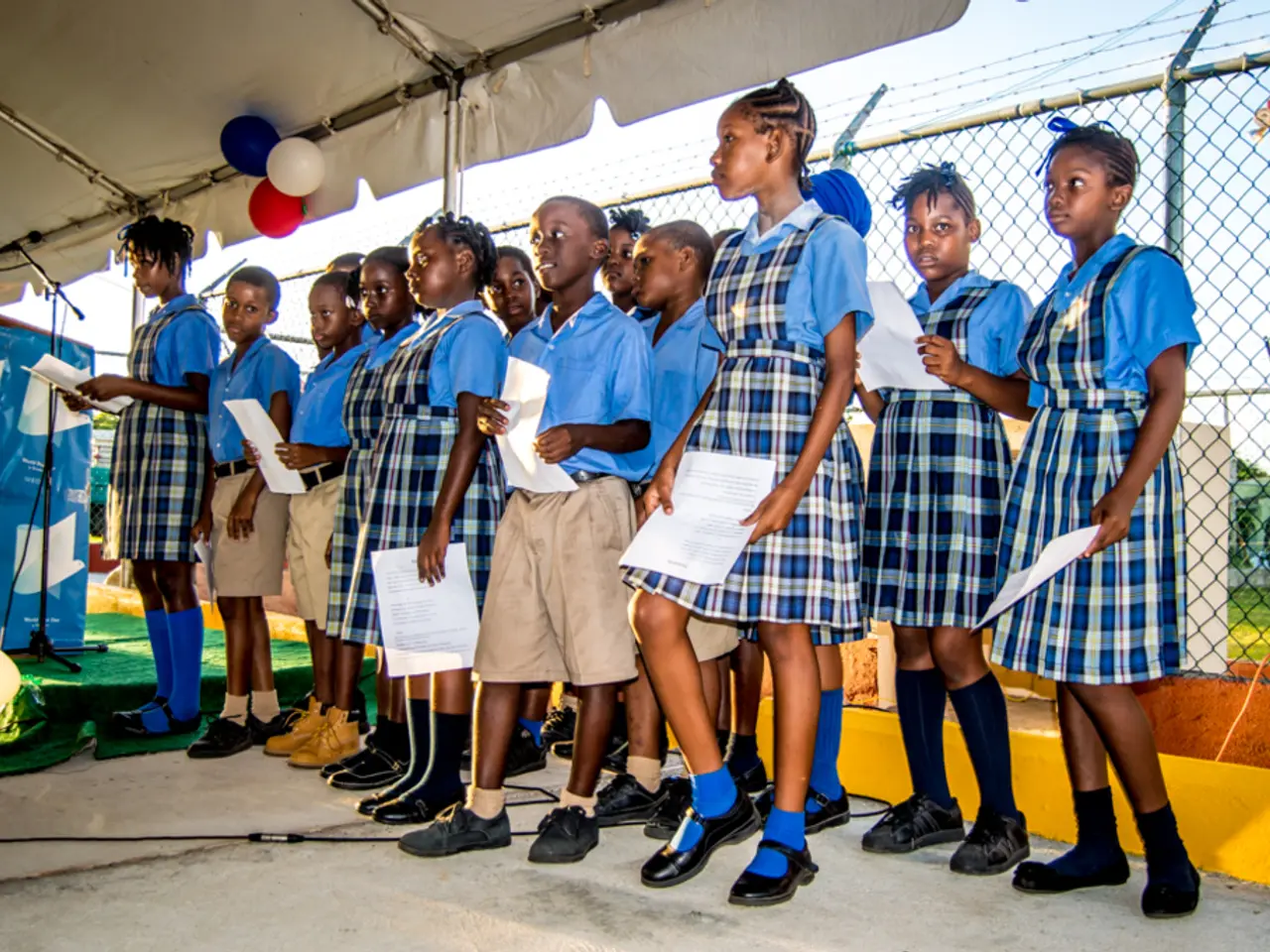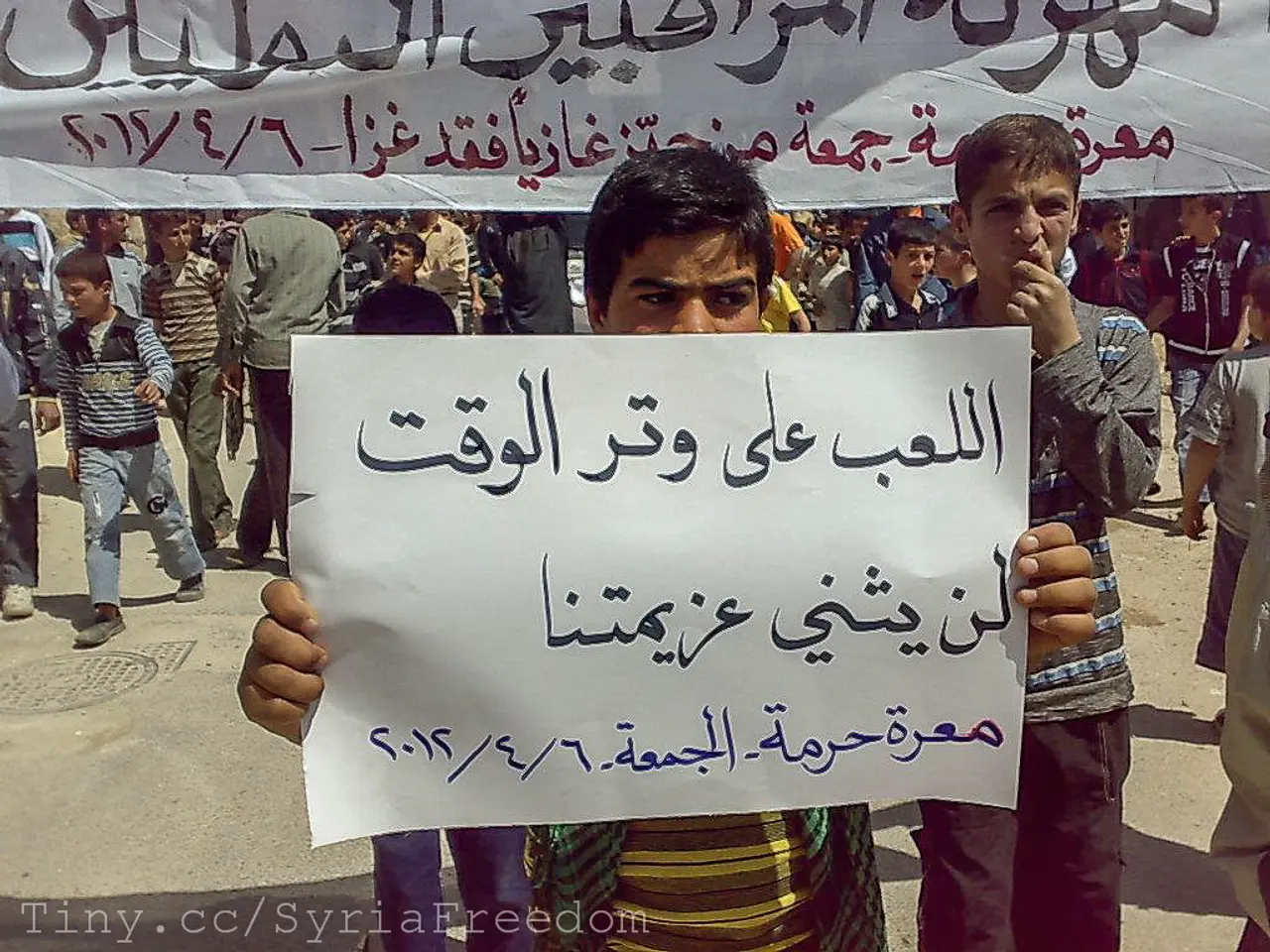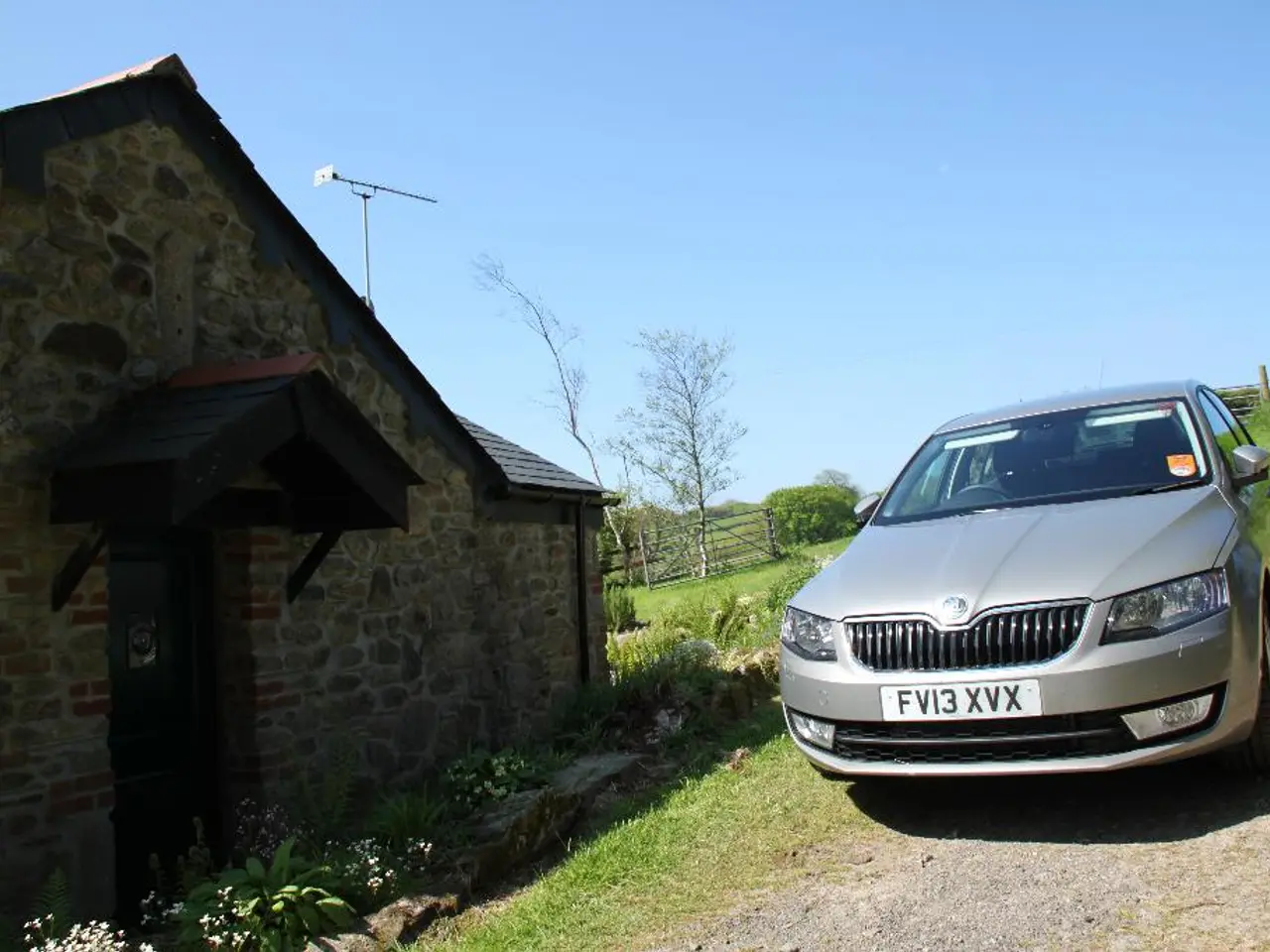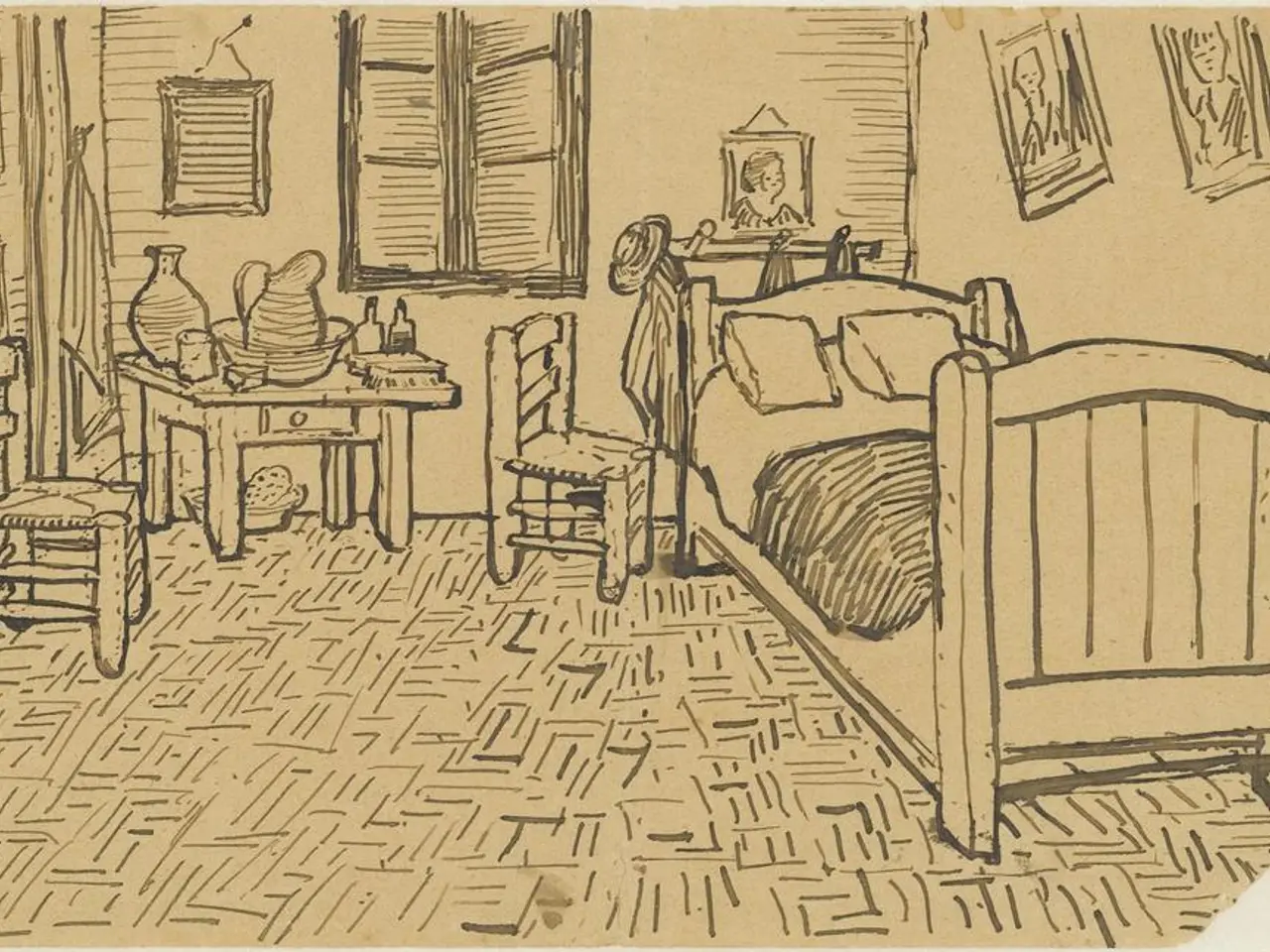Teenagers in select French cities face nightly curfews as authorities aim to reduce crime rates.
Curfews for Minors in France: A Contested Approach to Youth Crime Reduction
Curfews for minors have been introduced in several French towns as a means to combat youth crime. However, the effectiveness of these measures remains a subject of debate.
According to the interior ministry, last year, six percent of crimes were suspected to have been committed by teens aged between 13 to 17. More than a third of violent robberies without a weapon were attributed to suspects in this age group. These statistics have led some local officials to implement curfews, with Cedric Aoun, the mayor of Triel-sur-Seine, introducing an 11 pm to 5 am curfew for under-18s due to incidents involving damage of public property and theft.
However, the enforcement and effectiveness of these curfews vary. In Triel-sur-Seine, some teenagers were stopped by police 45 minutes after the start of the curfew, with some claiming to be unaware of the ban. The police in Triel-sur-Seine have mostly been talking to teens about the night-time ban on being in the streets, not issuing them with tickets.
The mayor of Villecresnes, Patrick Farcy, expressed concerns about police staffing shortages, which result in late-night calls not being responded to except during weekends, and street lighting being turned off in some areas to limit gatherings. The mayor of Pennes-Mirabeau temporarily ordered children under 13 off the streets between 11 pm and 6 am last year but has not reintroduced the ban this year.
While some local officials, like certain mayors, report a noticeable quietness and suggest curfews help curb youth violence, many experts argue that such measures do not significantly reduce crime rates among minors. The challenges in evaluating curfew effectiveness include the lack of definitive empirical evidence, differing local crime trends, and possible unintended social consequences such as stigmatization or displacement of youth activities to other times or areas.
Alternative solutions to curfews have been discussed, including community engagement programs, increased youth social services, and targeted interventions addressing root causes of youth crime such as poverty, social exclusion, or lack of recreational opportunities. These approaches aim to address underlying factors rather than impose time restrictions alone, and may offer more sustainable crime reduction. However, concrete proposals or results on alternatives in the French context were not detailed in the search results.
Rights campaigners, including the French Human Rights League, argue for more community engagement rather than bans. Nathalie Tehio, head of the French Human Rights League, advocated for the development of "educational measures" rather than "repressive" bans, and her group has taken legal action against the ban in Triel-sur-Seine.
Mickael Chapparelli, a resident of an unspecified town, stated that at 17, one has no business being out on the street at night. The resident also mentioned that when these children get into trouble, their parents often claim it's not their son. Acknowledging the limitations, Anthony Rouet admitted that some teenagers reported to the judiciary had not been deterred from reoffending.
In summary, curfews for minors in France have mixed reception regarding their crime-reduction impact, with some localized positive perceptions but broader expert skepticism, alongside important challenges in enforcement and social effects. Complementary or alternative strategies targeting youth engagement and support are considered important to effectively reduce youth crime.
[1] L'Express, "Les villes qui ont imposé la couvre-feu aux mineurs", 15 June 2021, https://www.lexpress.fr/actualite/societe/les-villes-qui-ont-impose-la-couvre-feu-aux-mineurs_2647881.html
[2] Le Monde, "Les couvre-feu pour les mineurs : une mesure contestée", 16 June 2021, https://www.lemonde.fr/societe/article/2021/06/16/les-couvre-feu-pour-les-mineurs-une-mesure-contestee_6089074_3224.html
- The implementation of curfews for minors has sparked debates in human rights circles, with the French Human Rights League advocating for educational measures over repressive bans, such as community engagement programs.
- In the realm of general news, the debate over the effectiveness of curfews for minors in reducing youth crime extends to the political sphere, with some local officials implementing these measures while many experts express doubt in their efficacy.
- Businesses and crime-and-justice sectors might see the consequences of these curfews play out, as the statistics show that a significant portion of crimes are suspected to be committed by teens, leading to increased police presence and potential alterations in nighttime commercial activities.





